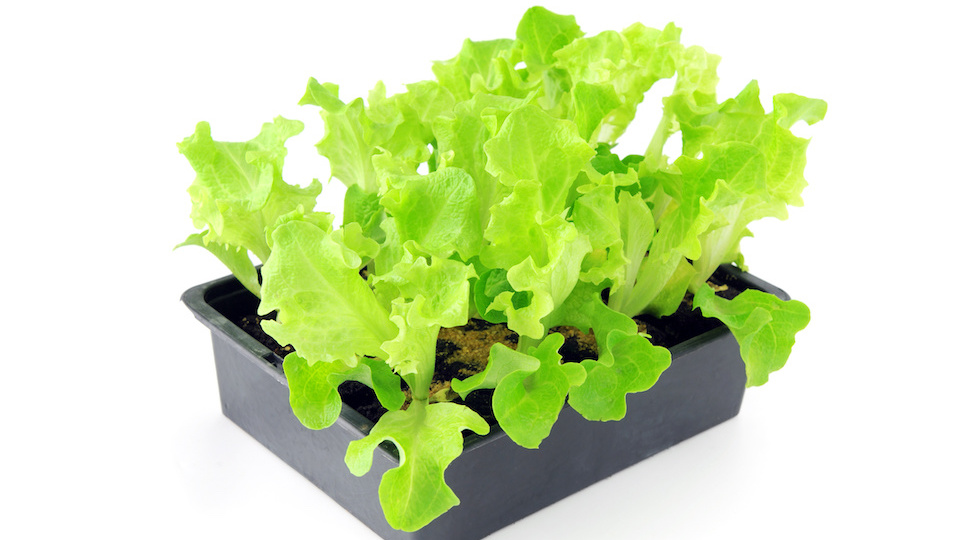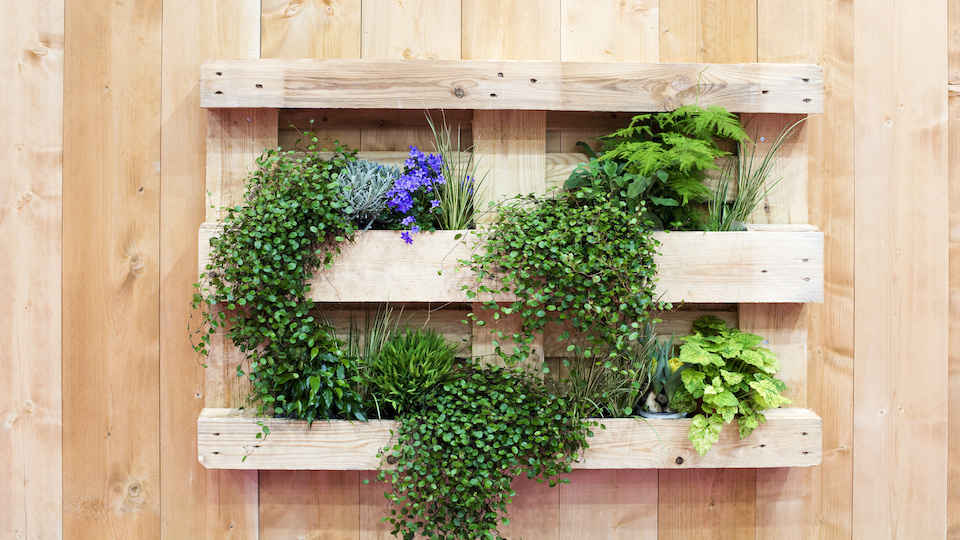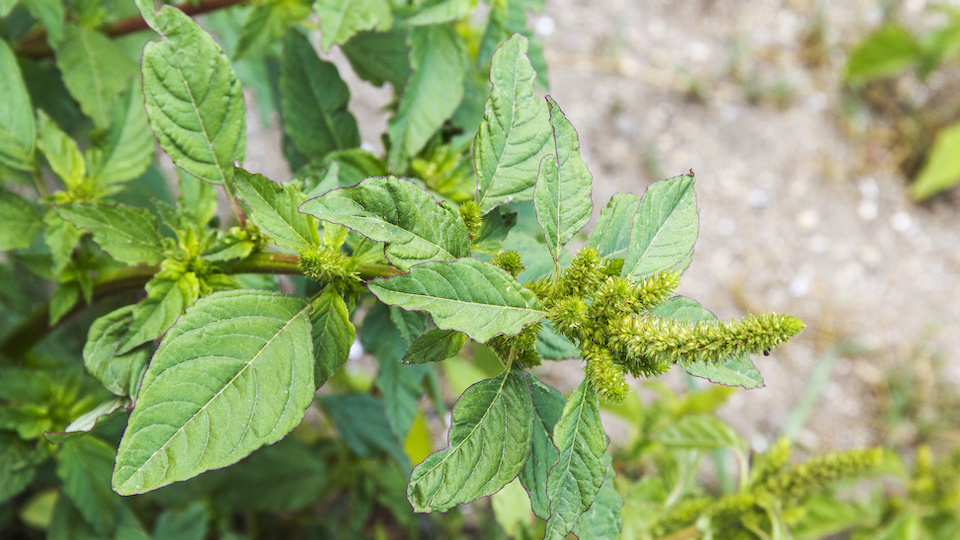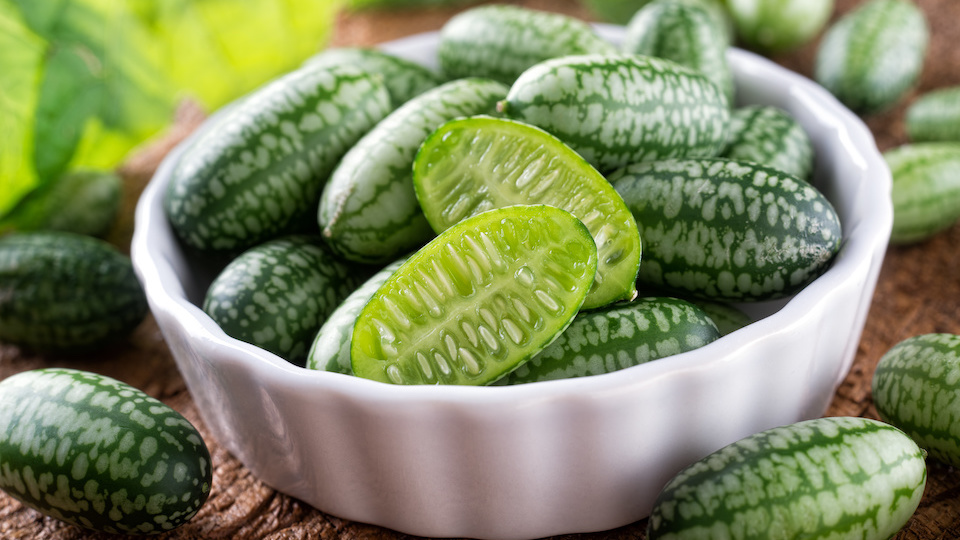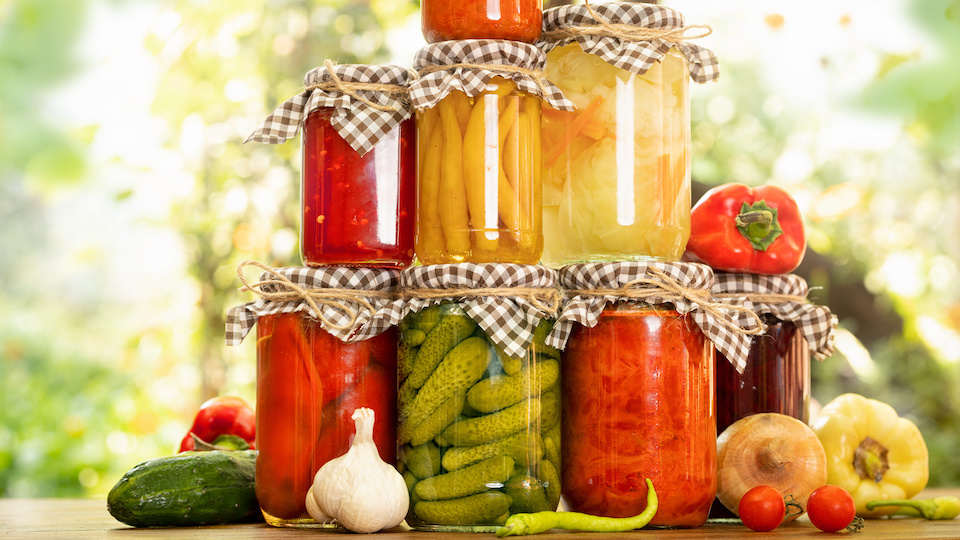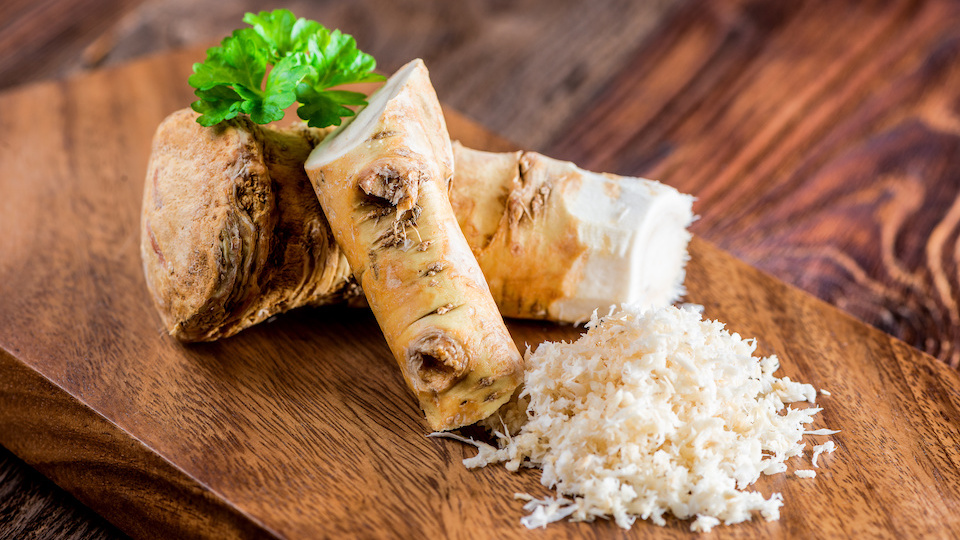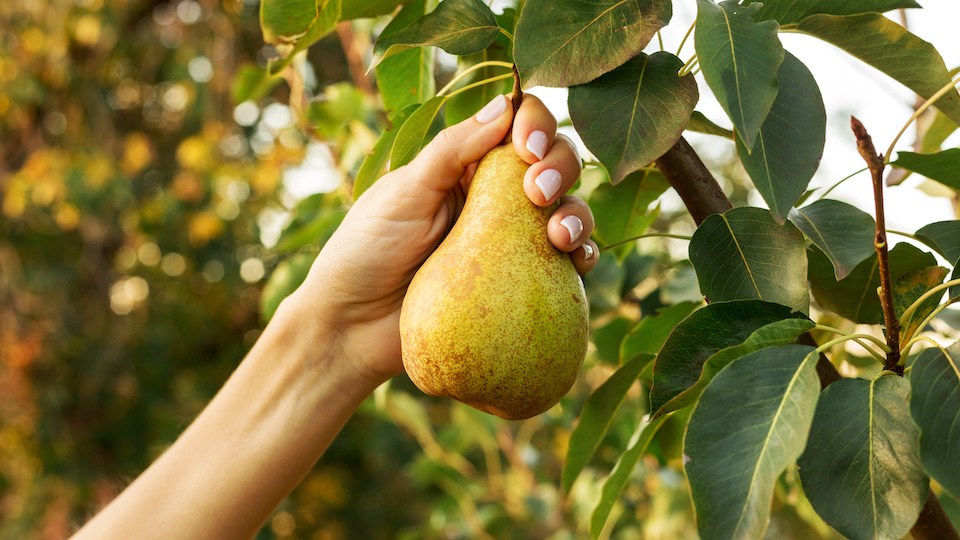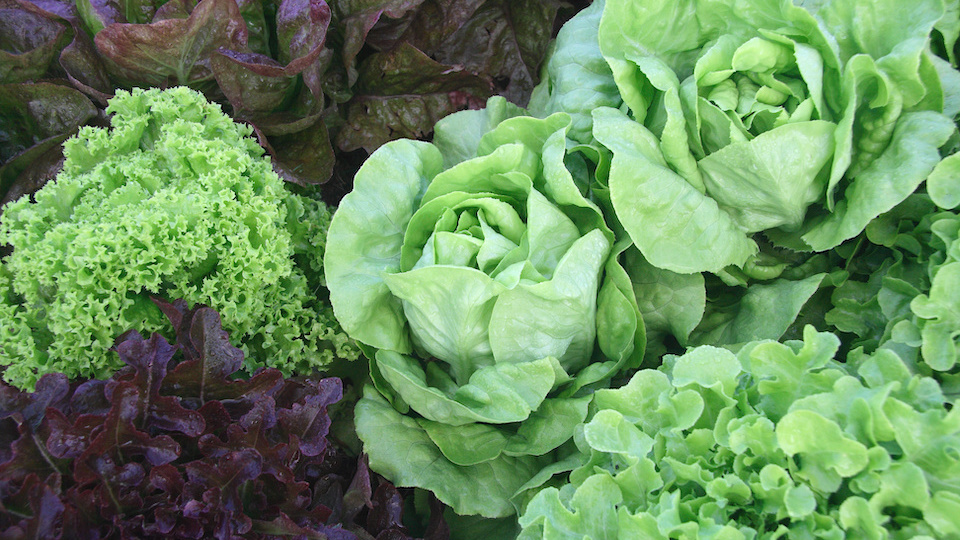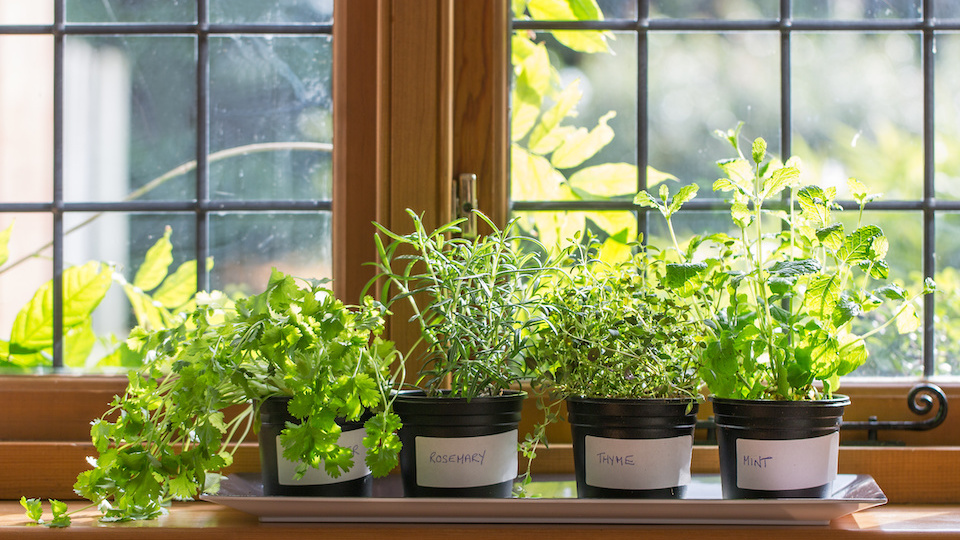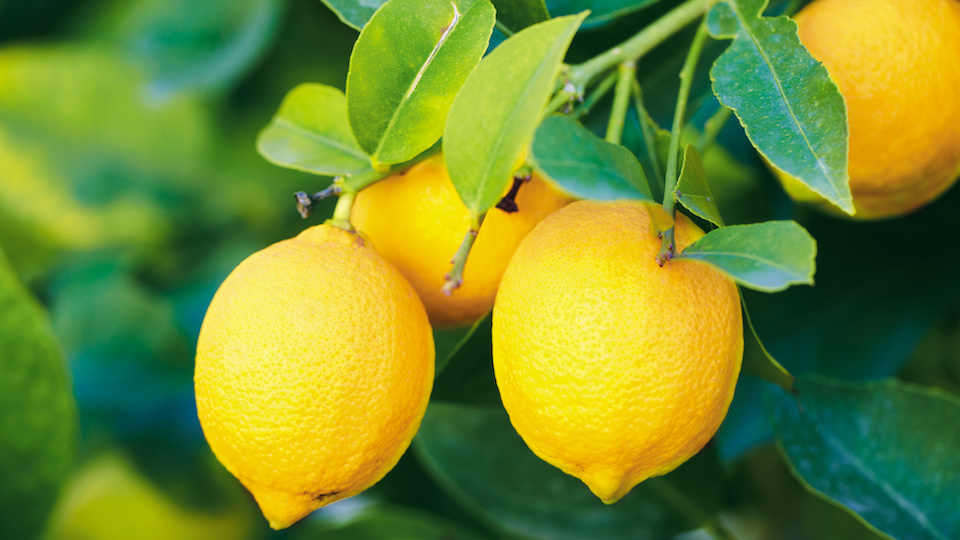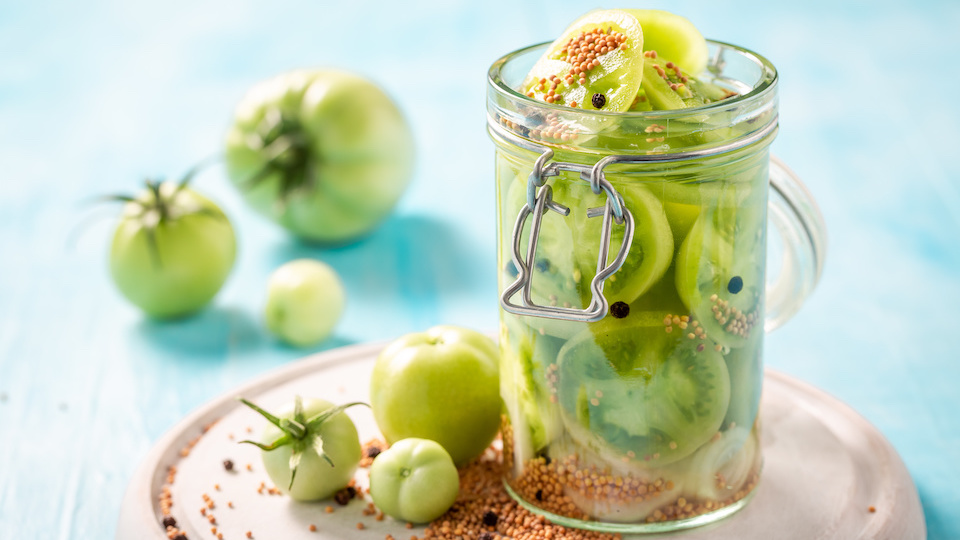Best Lettuce Types to Grow Indoors (plus growing tips)
With spring barely a blip on the calendar, and the fire roaring to chase away the winter chill, you are likely starting to miss fresh produce from your garden and spending time with your hands in the dirt. If you’re tired of the barely edible, pesticide-laden, and sometimes E. Coli-ridden lettuce in the grocery store and miss growing your own food, I have some good news for you. You don’t have to live in the tropics or have a greenhouse to grow lettuce through the winter, with these simple tips, you can have a bountiful leafy green harvest in your very own home. All year long.


